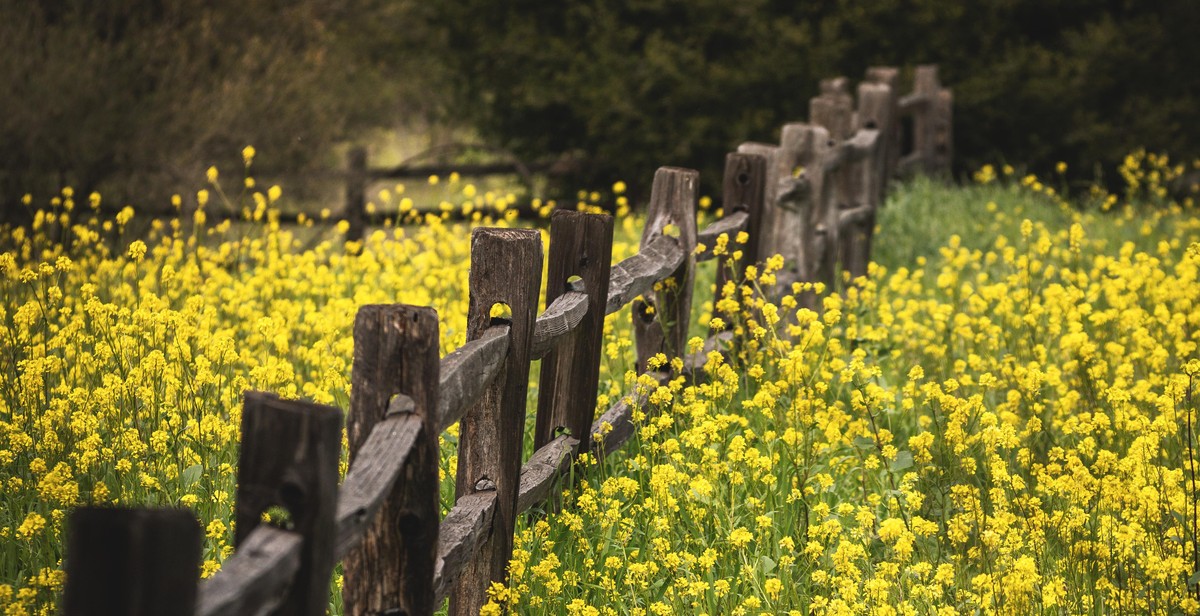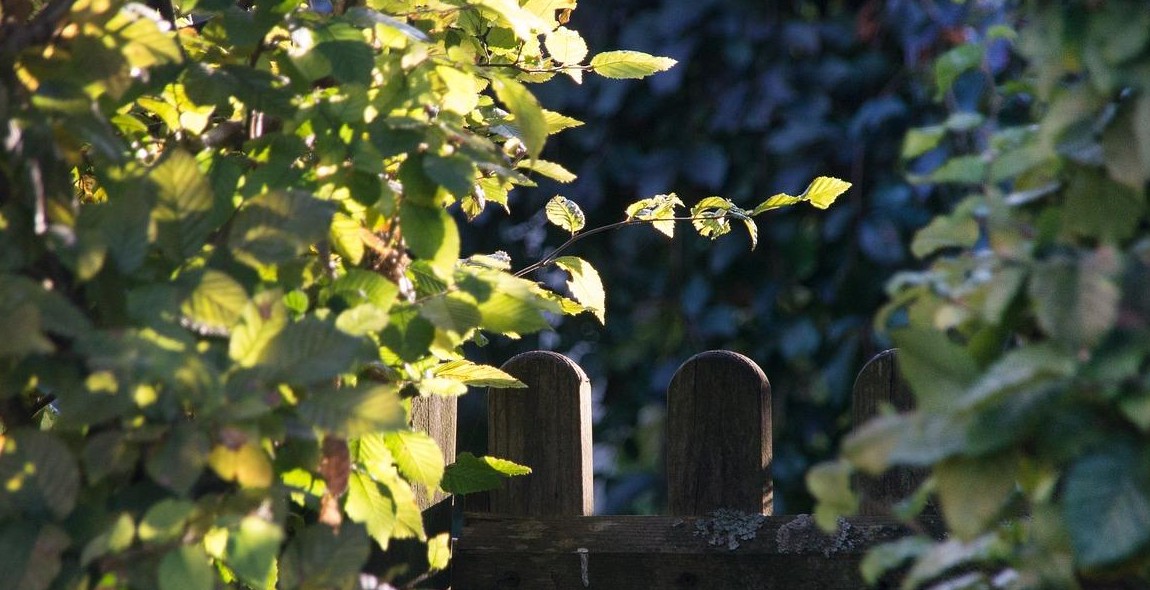How to Build a Wooden Fence: Step-by-Step Guide for Constructing a Sturdy and Attractive Fence
Building a wooden fence around your property can be a great way to enhance its privacy, security, and beauty. Whether you want to keep your children and pets safe from the street or create a cozy backyard oasis, a well-designed and well-built fence can make all the difference.
However, building a wooden fence can be a challenging task, especially if you’re not familiar with the necessary tools, materials, and techniques. That’s why we’ve put together this step-by-step guide to help you construct a sturdy and attractive fence that will stand the test of time.
What You’ll Need
Before you start building your fence, you’ll need to gather the necessary tools and materials. Here’s a list of what you’ll typically need:
- Measuring tape
- Level
- Post hole digger or auger
- Shovel
- Mixing tub or wheelbarrow
- Concrete
- Gravel
- Wooden posts
- Wooden boards or panels
- Nails or screws
- Hammer or drill
- Saw or circular saw
- Stain or paint (optional)
Step-by-Step Guide
Now that you have everything you need, it’s time to start building your fence. Here’s a step-by-step guide:
- Plan your fence
- Mark your fence line
- Set your corner posts
- Set your line posts
- Attach the rails
- Attach the boards or panels
- Stain or paint your fence (optional)
Follow these steps carefully, and you’ll have a beautiful and functional wooden fence in no time!

Step 1: Planning and Preparation
Building a wooden fence requires careful planning and preparation to ensure that the end result is a sturdy and attractive fence that will last for years. Here are the essential steps you need to take before you start building your wooden fence:
Measuring the Area
The first step in planning your wooden fence is to measure the area where you want to install it. This will help you determine how much fencing material you will need and how much it will cost. Measure the length of the area and the height you want your fence to be. Take note of any slopes or uneven ground that may affect your fence design.
Choosing the Right Materials
Choosing the right materials is crucial in building a sturdy and long-lasting wooden fence. The most common materials used for wooden fences are cedar, pine, and redwood. Cedar is known for its natural resistance to decay and insects, while pine is a more affordable option. Redwood is the most expensive option but is also the most durable. Consider the weather conditions in your area when choosing your materials as this can affect the lifespan of your fence.
Gathering the Necessary Tools and Equipment
Before starting the construction of your wooden fence, make sure you have all the necessary tools and equipment. Common tools needed for building a fence include a post hole digger, level, saw, hammer, drill, and measuring tape. You will also need concrete, gravel, and nails or screws. Make sure your tools are in good condition and are appropriate for the task at hand.
| Materials | Pros | Cons |
|---|---|---|
| Cedar | Natural resistance to decay and insects | Expensive |
| Pine | Affordable | Not as durable as cedar or redwood |
| Redwood | Most durable | Expensive |
By taking the time to measure the area, choose the right materials, and gather the necessary tools and equipment, you can ensure that your wooden fence will be sturdy, attractive, and long-lasting.
Step 2: Setting the Posts
Setting the posts is a crucial step in building a wooden fence. It provides the foundation and stability for the entire fence structure. Here are the steps to follow when setting the posts:
Marking the Post Locations
The first step is to mark the locations where the posts will be placed. Use a measuring tape to determine the distance between each post and mark the spots with a spray paint or marker. Make sure the distance is consistent throughout the fence line to ensure a level fence.
Digging the Post Holes
Next, it’s time to dig the post holes. Use a post hole digger or an auger to create holes that are at least one-third the length of the post and 6 inches wider than the post diameter. For example, if your posts are 4 inches in diameter, dig holes that are 10 inches in diameter. This extra space will allow you to add gravel at the bottom of the hole for drainage.
Make sure the holes are deep enough to provide sufficient stability for the fence. If you live in an area with frost, the holes should be dug below the frost line to prevent heaving during the winter months.
Setting the Posts in Concrete
Once the holes are dug, it’s time to set the posts in concrete. Start by pouring a few inches of gravel or small stones at the bottom of the hole for drainage. Then, place the post in the hole and use a level to make sure it’s straight. Brace the post in place using stakes or clamps.
Mix the concrete according to the manufacturer’s instructions and pour it into the hole until it’s about 2 inches below the ground level. Use a trowel to smooth the surface and slope it away from the post to prevent water from pooling around it. Allow the concrete to cure for at least 24 hours before continuing with the fence construction.
Repeat these steps for each post along the fence line, ensuring that each post is straight and level before the concrete sets.
Step 3: Attaching the Rails and Panels
Now that you have successfully set the posts, the next step is to attach the rails and panels. This step is crucial as it determines the stability and durability of your fence. Here’s how to do it:
Attaching the Rails to the Posts
The rails serve as the horizontal support for your fence panels. To attach them to the posts, follow these steps:
- Measure the distance between the posts to determine the length of the rails needed.
- Cut the rails to the appropriate length, ensuring they are level at both ends.
- Position the rails horizontally, between the posts, and use a spirit level to ensure they are level.
- Secure the rails to the posts using galvanized screws or nails. Make sure the screws or nails are long enough to penetrate both the rail and the post.
Once the rails are securely attached to the posts, you can start installing the fence panels.
Installing the Fence Panels
The fence panels are the vertical boards that make up the body of the fence. To install them, follow these steps:
- Measure the distance between the posts to determine the length of the fence panels needed.
- Cut the fence panels to the appropriate length, ensuring they are level at both ends.
- Position the fence panel vertically, between the rails, and use a spirit level to ensure it is level.
- Secure the fence panel to the rails using galvanized screws or nails. Make sure the screws or nails are long enough to penetrate both the rail and the panel.
- Repeat the process until all the fence panels are installed.
Remember to leave a small gap between the panels to allow for expansion and contraction due to changes in temperature and humidity.
| Materials | Quantity |
|---|---|
| Galvanized screws or nails | As needed |
| Spirit level | 1 |
| Saw | 1 |
Now that you have successfully attached the rails and panels, your fence is starting to take shape. In the next step, we will be adding the finishing touches to your fence.
Step 4: Adding Finishing Touches
After completing the installation of your wooden fence, it’s time to add the finishing touches that will not only make your fence look more attractive but also protect it from the elements. The two most important finishing touches are trimming the top of the fence and staining or painting the fence.
Trimming the Top of the Fence
Trimming the top of the fence is an important step in making your fence look more polished and professional. It involves cutting any uneven or protruding boards to create a straight and even top. Here are the steps to follow:
- Measure the length of your fence to determine the center point.
- Attach a string to the center point and run it along the length of the fence.
- Use a circular saw to cut the boards that are above the string.
- Sand the cut edges to make them smooth and prevent splinters.
Staining or Painting the Fence
Staining or painting your wooden fence is another important step in protecting it from the elements and enhancing its appearance. The process involves applying a protective coating to the wood to prevent water damage, rot, and insect infestation. Here are the steps to follow:
- Clean the fence using a pressure washer or a stiff bristle brush and water.
- Allow the fence to dry completely before applying the stain or paint.
- Choose a high-quality stain or paint that is suitable for outdoor use and matches your desired color.
- Apply the stain or paint using a brush, roller, or sprayer, following the manufacturer’s instructions.
- Apply a second coat if necessary and allow the fence to dry completely before use.
By following these simple steps, you can ensure that your wooden fence looks great and lasts for many years. Remember to maintain your fence regularly by cleaning and reapplying the stain or paint every few years to keep it looking its best.

Conclusion
Building a wooden fence is a great way to enhance the privacy, security, and curb appeal of your property. By following the step-by-step guide outlined in this article, you can construct a sturdy and attractive fence that will last for years to come.
Tips for Success
- Choose the right materials for your fence, based on your budget, style preferences, and climate conditions.
- Measure your property carefully and mark the locations for your fence posts before you start digging.
- Use a level and a string line to ensure that your fence posts are straight and even.
- Apply a high-quality wood stain or sealer to protect your fence from moisture, insects, and UV rays.
- Maintain your fence regularly by cleaning it and repairing any damage as needed.
Final Thoughts
Building a wooden fence can be a challenging but rewarding DIY project for homeowners. With the right tools, materials, and techniques, you can create a fence that adds value and beauty to your home. Whether you’re looking to keep your pets and children safe, block out noise and neighbors, or simply enhance your outdoor living space, a wooden fence can help you achieve your goals. So why not get started today and build the fence of your dreams?
